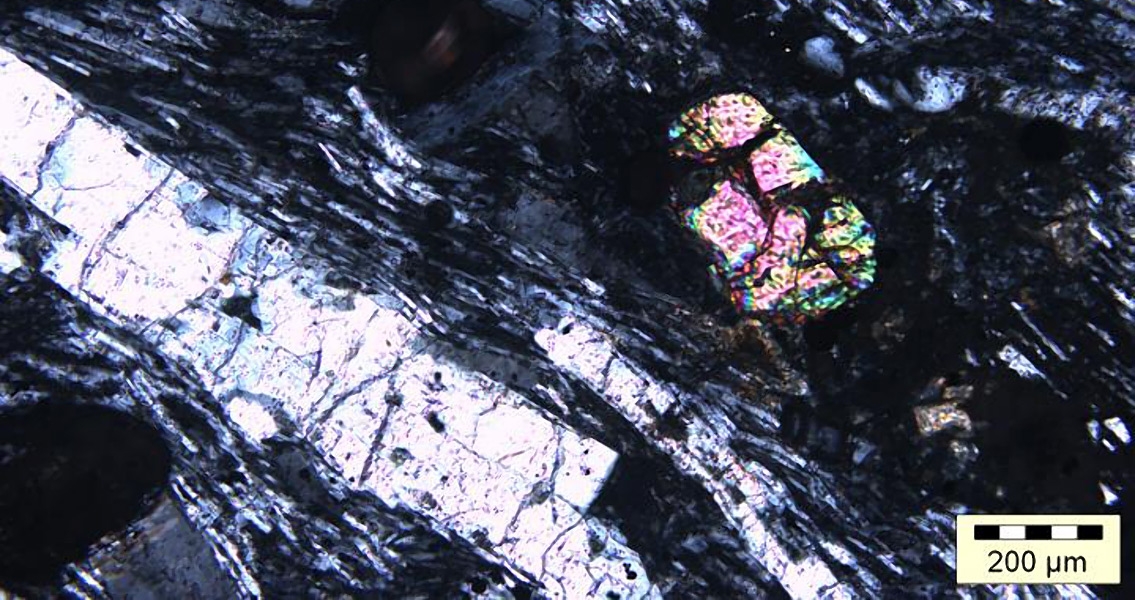<![CDATA[Move over, Atlantis: the existence of a so-called lost continent, located beneath the island of Mauritius in the Indian Ocean, has been confirmed by an international team of scientists. According to a press release from the University of the Witwatersrand (Wits), the continent was originally created about 200 million years in the past as the supercontinent geologists call Gondwana began to break apart. This piece of the Earth’s crust, the scientists say, was at one time part of the island of Madagascar before it broke off as Antarctica, Australia, India, and Africa drifted apart to form the Indian Ocean. Wits professor Lewis Ashwal, the paper’s lead author, says that he and his colleagues were able to study zircon, a mineral present in volcanic rock during eruptions, present on the island of Mauritius, discovering that these minerals were far too old to belong to the island. The rock that makes up Mauritius dates to no older than 9 million years old as it’s an island – yet 3-billion-year-old zircons were found there. The only places these could have come from, Ashwal explains, are continents. Where were these ancient zircons found? A piece of crust on Mauritius was discovered buried beneath young lava from volcanic eruptions on the island, preserving it from the ravages of time. Ashwal says that the team had been studying the break-up process of the continents when the discovery was made. Zircons are noteworthy because of what they contain – trace amounts of lead, thorium, and uranium – and because they are highly resilient and can weather geological processes. This provides geologists a rich source of data for these processes, making it easy to discern the age of the minerals with high levels of accuracy. Finding zircons of such advanced age proves that there are much older crustal materials beneath Mauritius, the geologist said. These materials could come from nothing else but a continent, he added. This isn’t even the first instance of finding billion-year-old zircons on Mauritius. A 2013 study identified traces of the mineral in samples of sand taken from the island’s beaches. This initial study has been categorized as possibly flawed by not taking into account the samples being contaminated from outside sources, with the zircon possibly being borne by shoes of researchers, tires of vehicles, or simply just blown in by the wind. The new study doesn’t face any of these pitfalls, Ashwal said. This is because the ancient zircons were found within a rock sample that has been positively dated to six million years old and corroborates the previous study, the researcher remarked. There may be many more remnants of this long-lost continent spread across the Indian Ocean, according to the scientist. The evidence suggests that complex splintering of Gondwana left slivers of land adrift within the Indian Ocean basin as it evolved. The new research study, which has recently been published in the journal Nature Communications, can be found here Image courtesy of Wits University]]>
Existence of Lost Continent in Indian Ocean Confirmed
